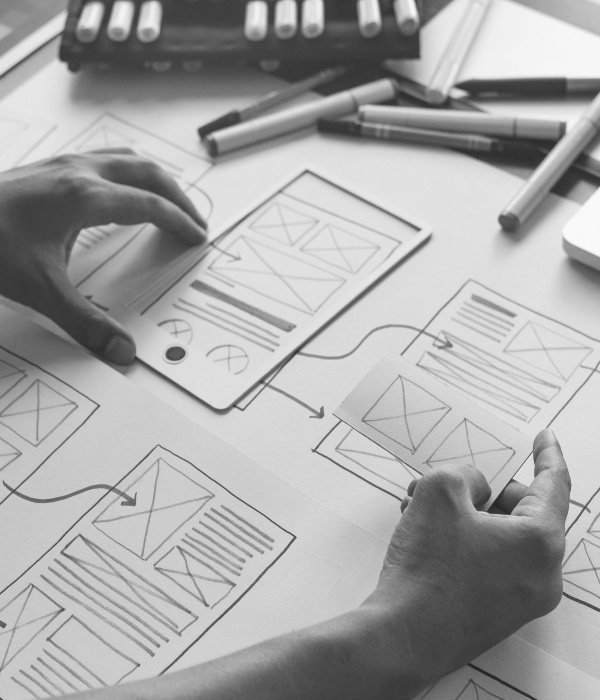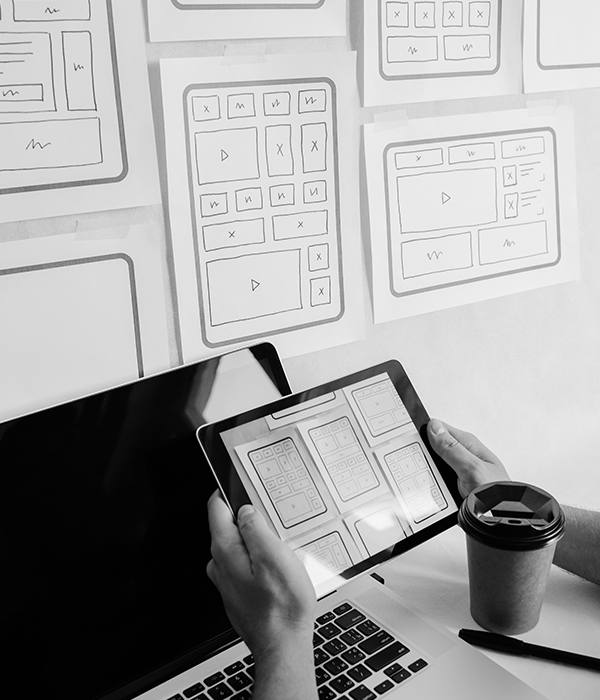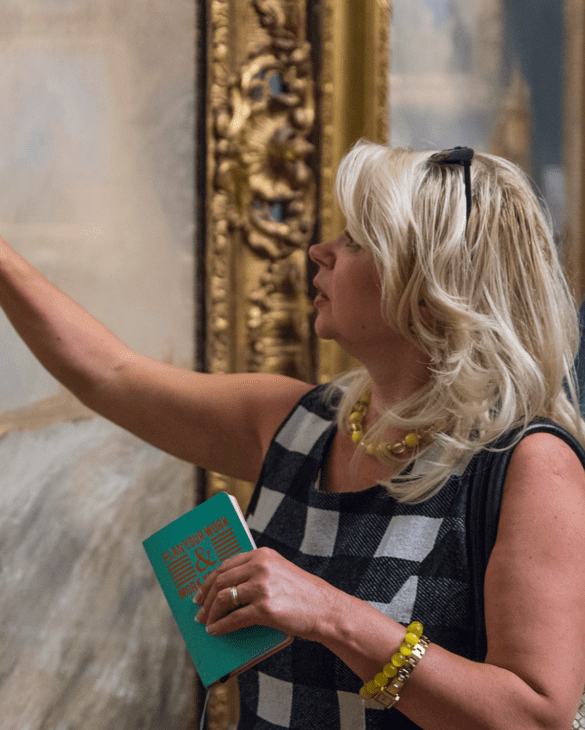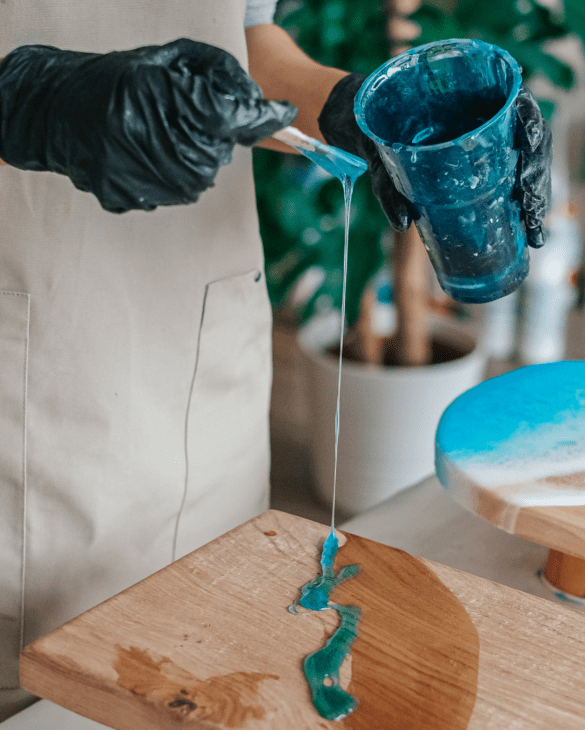At Volume Marketing, we specialise in creating bespoke web design solutions tailored to the unique needs of businesses in Cheshire, Liverpool, Manchester, and beyond. Whether you’re a local start-up or an established enterprise, we understand that your website is more than just a digital presence—it’s a powerful tool to achieve your business goals. By combining creativity, strategy, and the latest design trends, we ensure your site delivers seamless user experiences while driving measurable results.
Our designs are built with your audience in mind, striking the perfect balance between aesthetics and functionality. From captivating visuals to intuitive navigation, every element of your website is carefully crafted to engage users, reflect your brand’s identity, and encourage conversions. We take pride in helping businesses stand out in the competitive digital landscape by delivering websites that not only look great but also perform exceptionally well.
What is Web Design?
Web design is the creative and strategic process of crafting a website’s visual and structural framework before moving into development. Unlike web development, which focuses on coding and functionality, web design centres on aesthetics, user flow, and ensuring the design aligns with your business goals. This crucial planning phase sets the foundation for an engaging, user-friendly website that drives results.
Imagine web design as the blueprint for constructing a building. Just as architects draft detailed plans, a web design ensures every element of your site serves a purpose, enhancing both appearance and usability. A professionally designed website builds trust, boosts engagement, and creates opportunities for growth by supporting your marketing goals, from lead generation to brand awareness. Investing in web design is investing in the long-term success of your online presence.







